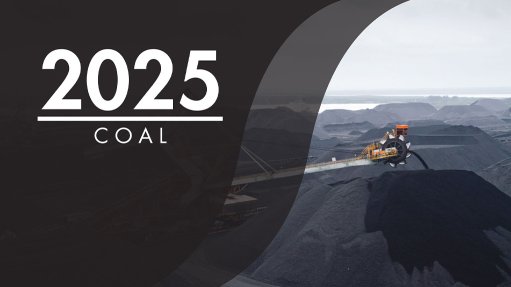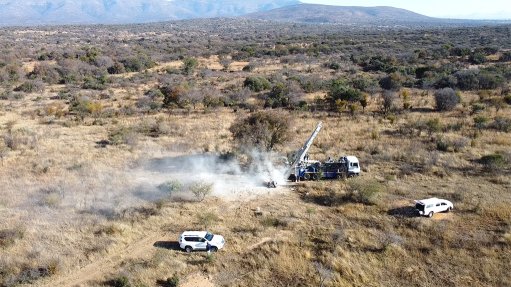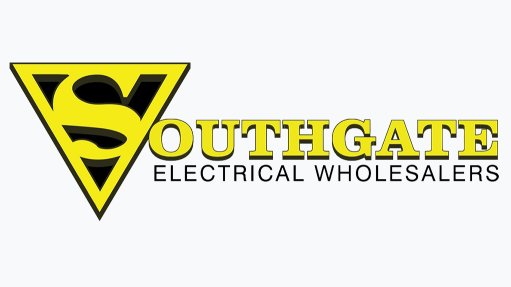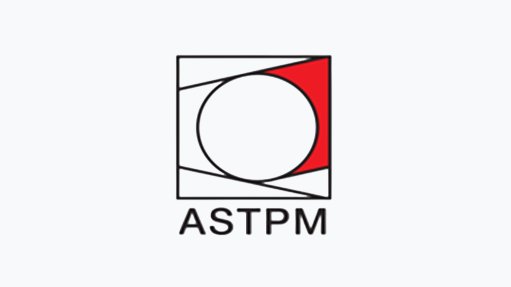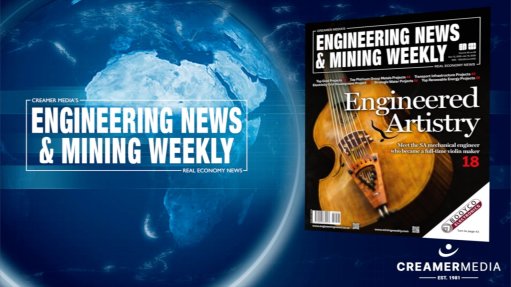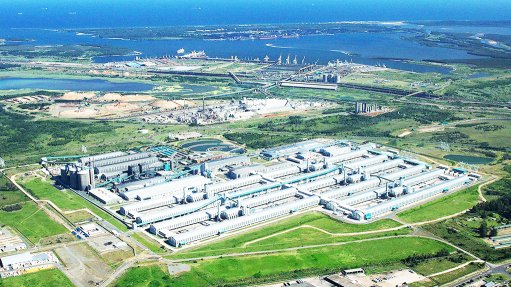Glencore improved on various sustainability metrics in 2024
Global diversified miner Glencore says various initiatives at its industrial assets are driving positive change in the communities where they operate.
“Our diversified business model, underpinned by our industrial and marketing businesses, is well placed to continue to deliver the commodities needed for today and tomorrow in a responsible manner that creates long-term sustainable value for our stakeholders,” says CEO Gary Nagle in the company’s latest sustainability report.
Glencore’s operations employ more than 150 000 employees and contractors across six continents and more than 30 countries.
In terms of some key metrics, Glencore reduced its total energy use from 204 PJ in 2023 to 189 PJ in 2024, as well as its Scope 1, 2 and 3 emissions from 430-million tonnes carbon dioxide equivalent (CO2e) in 2023 to 416-million tonnes CO2e in 2024.
The emissions decrease is largely owing to the company’s managed decline of coal production across operationally controlled industrial assets.
Glencore’s 2024 to 2026 Climate Action Transition Plan aims to have the group reduce emissions by 15% and 50%, by end-2026 and 2035, respectively, against a 2019 baseline.
Nagel confirms that the company is on track to meet its 2026, 2030 and 2035 emission reduction targets, which will ultimately enable net-zero industrial CO2e emissions by 2050.
Moreover, the company used 846-million cubic metres of water last year, compared with 981-million cubic metres in 2023.
Notably, 37% of Glencore’s industrial sites are in water-stressed areas, therefore the company has set specific water targets for these sites to reduce impacts.
While Glencore’s lost time injury frequency rate per million hours worked decreased to 0.71 in 2024, compared with 0.8 in 2023, the number of new occupational disease cases increased from 163 to 281. The occupational disease figure, however, could be a result of Glencore’s improvements in occupational disease identification and classification processes.
Additionally, the company reported four work-related fatalities in 2024, having also reported four work-related fatalities in 2023.
Glencore’s total recordable injury frequency rate improved from 2.22 in 2023 to 1.89 in 2024, which chairperson Kalidas Madhavpeddi says reflects the lowest rate in the past decade.
Positively, the company recorded no catastrophic tailings storage facility failures, nor incidents resulting in severe human rights impacts.
Safety improvement remains a key area of focus for the company, Madhavpeddi states, adding that the board made a number of visits to industrial sites across the world in 2024 and early this year to understand challenges in various jurisdictions.
On the social front, Nagle says since the launch of Glencore’s Social Contribution Framework last year the company has been reviewing its social contributions with the aim of incorporating requirements of global advocacy group ICMM’s Socioeconomic Reporting Framework.
The company also continues to cyclically review its health, safety, environment and communities and human resources (HSEC&HR) policies, with updated policies having been approved towards the end of 2024.
Glencore requires that each of its industrial commodity departments develop and document their HSEC&HR strategy with associated yearly plans that align with the group’s overarching HSEC&HR 2024 to 2028 strategy.
The company contributed about $139-million in direct social contribution, including discretionary and non-discretionary payments in 2024.
In Democratic Republic of Congo’s (DRC’s) case, with the region facing growing regulatory and stakeholder pressure for downstream companies to increase due diligence in their supply chains to avoid human rights abuses, Glencore has adopted a third-party environmental, social and governance standard for its industrial assets in the country.
The standard, called Copper Mark, is an assurance framework that promotes responsible practices in the mineral supply chains of copper and cobalt. While both of Glencore’s sites in DRC conform to the standard, there have been areas identified for corrective action, which must be completed by March 2026.
In respect of land and closure planning, Glencore in 2024 reviewed the closure approaches of industrial assets nearing their end of life. As of December 2024, Glencore owned or leased 1.9-million hectares of land, of which 7.7% has been disturbed by activities.
During 2024, Glencore impacted 2 100 ha of land and rehabilitated 1 600 ha of land. The company has determined that 5% of its total owned land, or 103 000 ha, require rehabilitation.
As a case in point, the Brenda mine in British Columbia, which operated from 1960 until 1990, is in an advanced stage of reclamation with ongoing activities related to water management, dam surveillance and maintaining vegetation. The site has been earmarked for use as a compost facility, which will meet several land repurposing criteria, including serving as an opportunity to generate economic and social benefits.
The composting facility has been constructed and commissioning is planned for some time this year.
Glencore has also started mine closure and rehabilitation works at its Liddell and Newlands coal mines in Australia.
Article Enquiry
Email Article
Save Article
Feedback
To advertise email advertising@creamermedia.co.za or click here
Announcements
What's On
Subscribe to improve your user experience...
Option 1 (equivalent of R125 a month):
Receive a weekly copy of Creamer Media's Engineering News & Mining Weekly magazine
(print copy for those in South Africa and e-magazine for those outside of South Africa)
Receive daily email newsletters
Access to full search results
Access archive of magazine back copies
Access to Projects in Progress
Access to ONE Research Report of your choice in PDF format
Option 2 (equivalent of R375 a month):
All benefits from Option 1
PLUS
Access to Creamer Media's Research Channel Africa for ALL Research Reports, in PDF format, on various industrial and mining sectors
including Electricity; Water; Energy Transition; Hydrogen; Roads, Rail and Ports; Coal; Gold; Platinum; Battery Metals; etc.
Already a subscriber?
Forgotten your password?
Receive weekly copy of Creamer Media's Engineering News & Mining Weekly magazine (print copy for those in South Africa and e-magazine for those outside of South Africa)
➕
Recieve daily email newsletters
➕
Access to full search results
➕
Access archive of magazine back copies
➕
Access to Projects in Progress
➕
Access to ONE Research Report of your choice in PDF format
RESEARCH CHANNEL AFRICA
R4500 (equivalent of R375 a month)
SUBSCRIBEAll benefits from Option 1
➕
Access to Creamer Media's Research Channel Africa for ALL Research Reports on various industrial and mining sectors, in PDF format, including on:
Electricity
➕
Water
➕
Energy Transition
➕
Hydrogen
➕
Roads, Rail and Ports
➕
Coal
➕
Gold
➕
Platinum
➕
Battery Metals
➕
etc.
Receive all benefits from Option 1 or Option 2 delivered to numerous people at your company
➕
Multiple User names and Passwords for simultaneous log-ins
➕
Intranet integration access to all in your organisation








